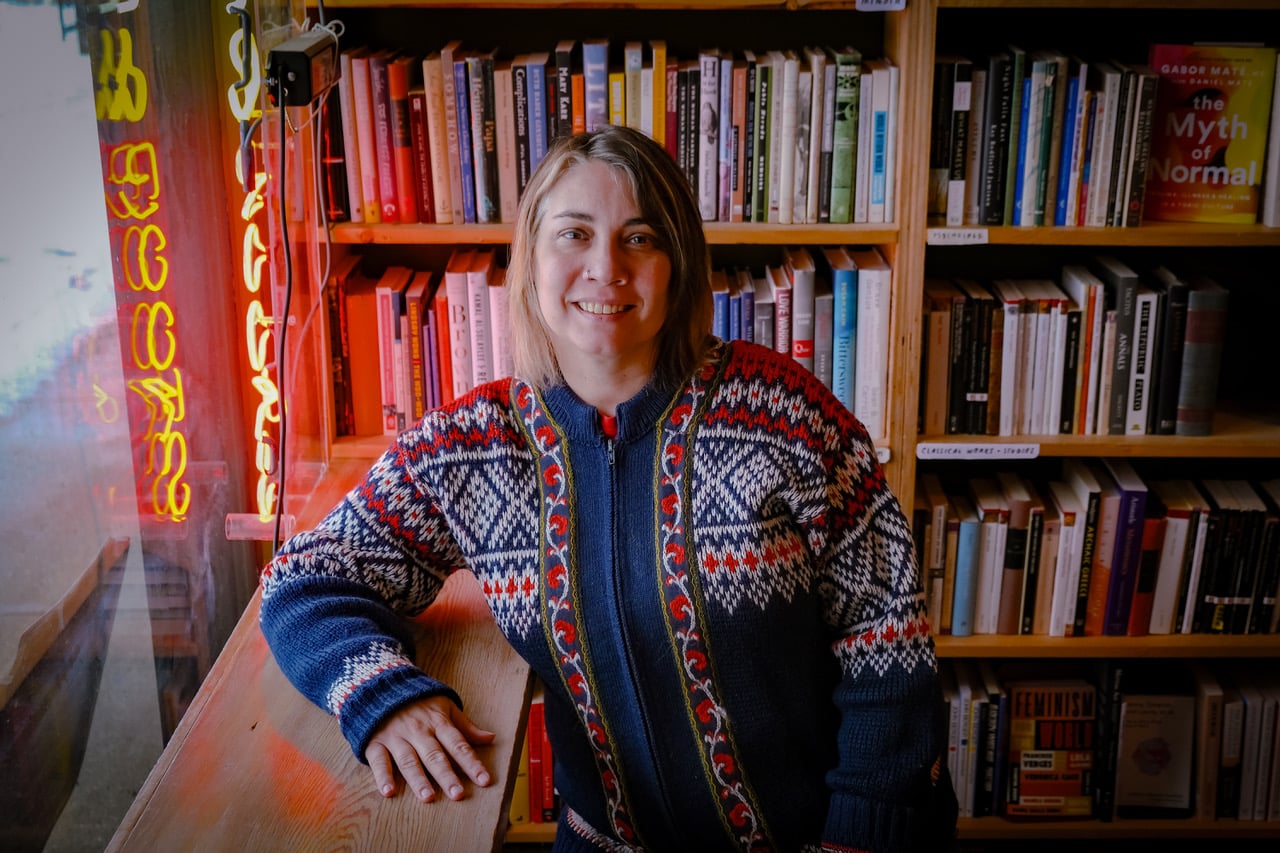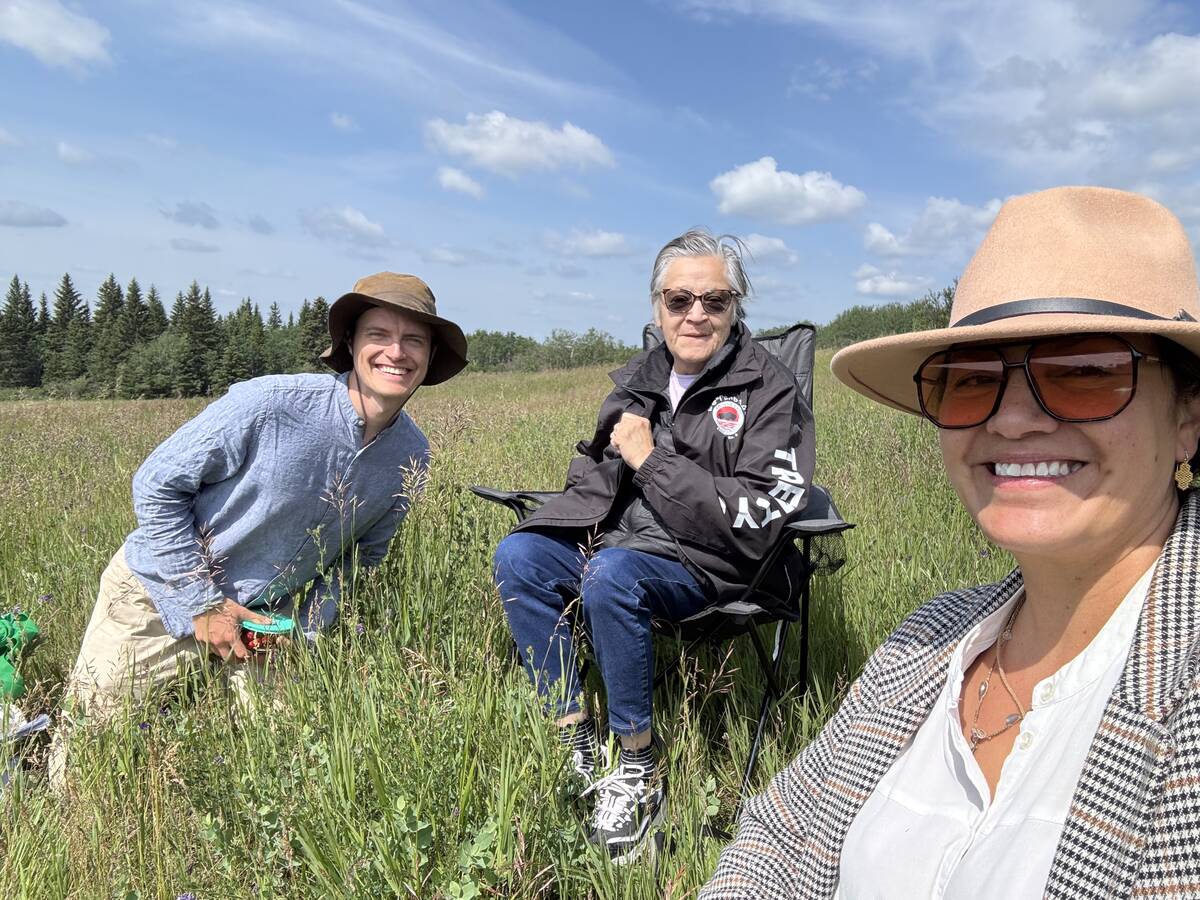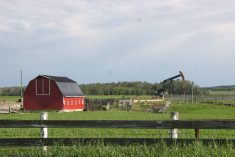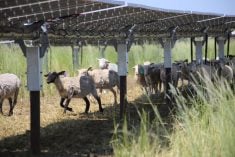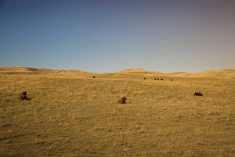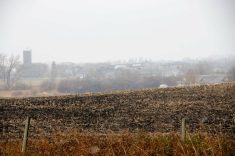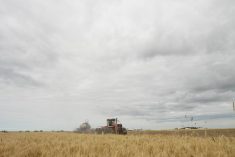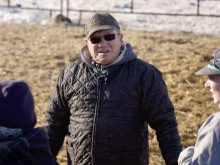The Treaty Land Sharing Network has been active in Alberta since July 6, 2024, and is growing slowly.
The initial Albertan launch was held at Brenda Bohmer’s grain farm near Bawlf. Since Bohmer joined the network, five Albertan landholders have followed suit.
Bohmer has had three Indigenous visitors to her farm since last July.
Read Also
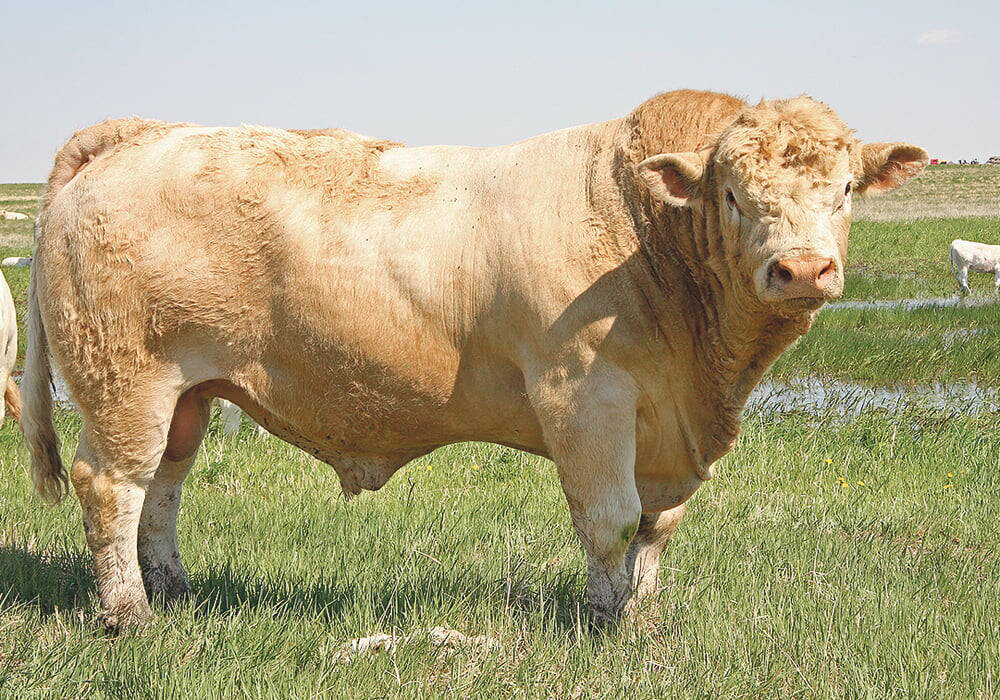
New research sheds light on infertility in bulls
Southern Alberta researchers make ground-breaking discovery in sperm function examining male infertility in bovines.
“It might seem like maybe that isn’t a lot, but in many ways it gives us a lot of hope. It’s a slow start, and I have a feeling that it’s going to be a slow process to get more landholders,” she said.
“I was happy to have three Indigenous visitors already. I think that’s a great sign, a sign of things to come,” she said.
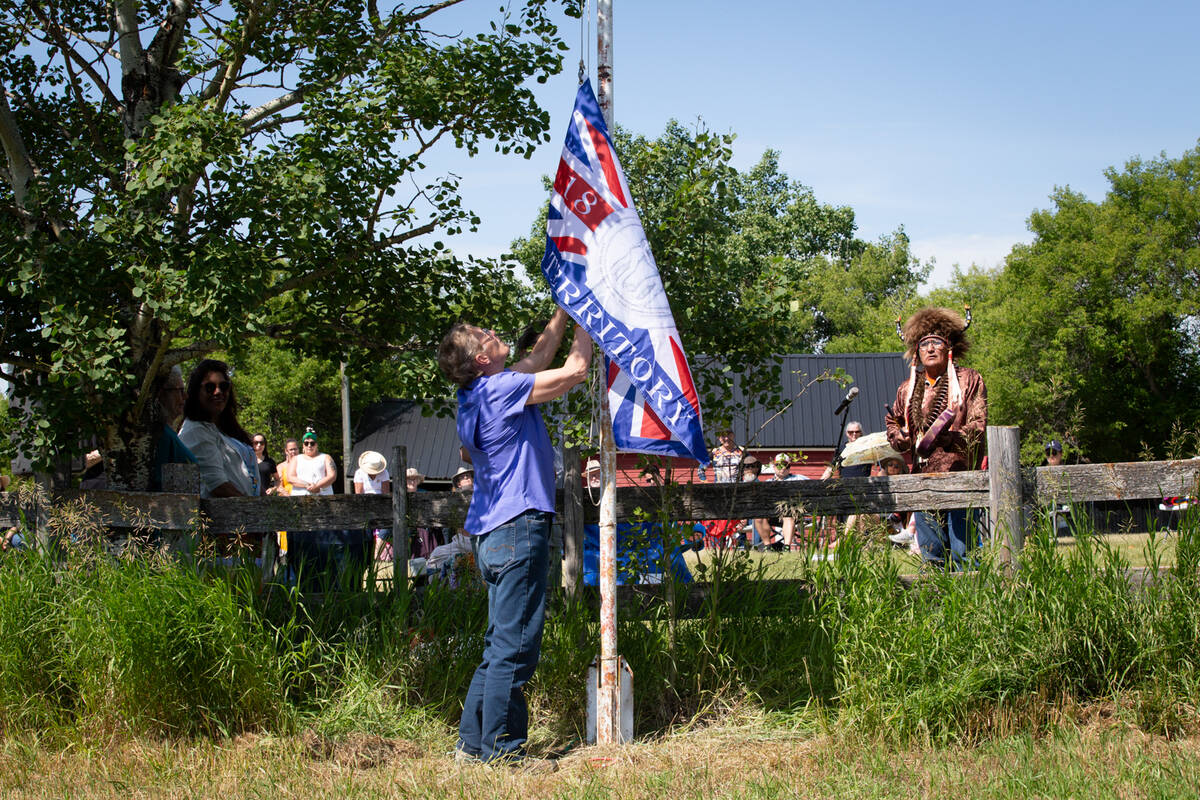
The Treaty Land Sharing Network is a program that connects Indigenous people to landholders who open their farms to Indigenous people who want to hunt, gather medicine, fish or practice ceremony on the land. Inquiring Indigenous people can find landholders who will open their farms through the network, which recently published a map of all the participating farms on its website. The project began in Saskatchewan in 2020.
The network is seeking landholders in Alberta who are willing to open their lands for First Nations and Métis to engage in important cultural and spiritual practices on the land as the initial treaties were meant to do.
Bohmer acknowledged trust needs to be built on both sides. People affiliated with the network have been hosting presentations, and a committee is working to try to spread the word in a variety of ways.
“When we pause and we look at the past year, I’m very hopeful,” she said.
“It’s a lot of encouragement to have these visitors and having them confirms my own decision about sharing land in a good way.”
To date, the network includes 60 locations and more than 40,000 acres in Alberta and Saskatchewan, through Treaty 6 and Treaty 4.
Bohmer said the visitors to her land have been from around her area, but she has had people contact her from further distances. The updated map can help people who are travelling through the area. People generally contact her through the website, but she has also been approached at events.
Bohmer said interested landholders can check out the website, which explains how everything works and how easy it is to get involved.
“We’re directing inquiries to the website, and that’s where the magic happens. It’s not hard to get involved. It’s a very easy process. You basically just sign up,” she said.
There are some details and parameters provided.
“It’s not a harsh or difficult process at all, and then it opens the door to something special, something unique and it can have a great deal of meaning. It’s very important for Indigenous people, very meaningful for them, and likewise, for me as a landholder, I find it the same way,” she said.
“In many ways, it’s a big step, but in other ways, it’s pretty easy to do and has a huge impact on people.”
Beth Davidson, along with her husband Ralph and son Kevin, is another landholder who has added her farm to the network.
“I was searching for something more or less unrelated on the internet, related to agriculture and regenerative farming,” said Davidson, who ranches beef cattle near Alliance.
“I ran into the link for the Treaty Land Sharing Network. I read about it. Ralph and I talked about it. We realized it perfectly aligns with who we are, but at that point they were only in Saskatchewan,” she said.
There weren’t any plans to expand the network into Alberta, so the couple was put on a list. When the Treaty Land Sharing Network opened to Alberta in 2024, Davidson did the paperwork and joined the network.
“We chose to do it because it aligned with our desire to do something, to honour the treaties, and to make something right about what went wrong,” she said.
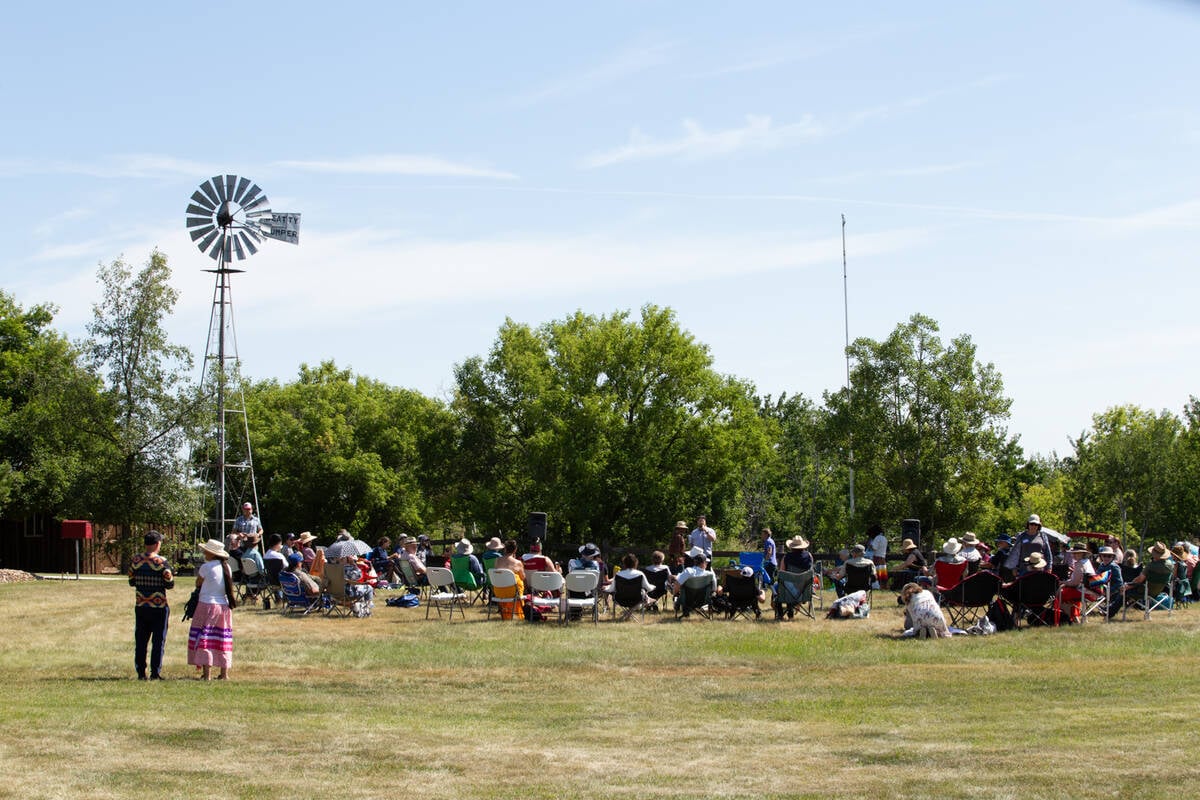
Ralph was born and raised on the land, and his grandfather and great-uncle homesteaded the land around 1905.
“He’s grown up here, but at the same time, for quite a while, he’s really felt there was something missing and something wrong with the way Indigenous people were supposed to have access to land. Land is always better if it’s actively being used, but also respected,” she said.
The Davidsons haven’t had anyone come out to their place yet, but they have had some inquiries.
Lana Whiskeyjack is a Nehiyawak (Cree) from Saddle Lake First Nation. She’s also an associate professor at the University of Alberta and founded the first Indigenous Parents and Friends of Lesbians and Gays.
“My research work is around rites of passage for gender, sexuality and diverse kin,” she said.
Whiskeyjack had ties to some of the people involved in the treaty sharing network, like Bob Montgomery, and Luke Wonneck, one of her students. Wonneck took a course from Whiskeyjack that was part of a Beaver Hills biosphere pilot project based on a treaty land sharing network here.
“My auntie Alsena (White) is a ceremonial person. She was part of the ceremonial lead, and one of the Elders of the Beaver Hills biosphere project,” said Whiskeyjack.
Wonneck is a coordinating committee member of the network and was involved with its set up in Saskatchewan.
“Luke heard my story. We had sharing circles about the process, about how I used to go picking medicines with my grandmother when I was a child, probably like close to over 40 years ago,” she said.
Her grandmother was the last generation to access those lands.
“My mother’s generation didn’t access those lands. When I told Luke about that, our shares in the circle impacted Luke,” she said.
This year, Wonneck was working on the Treaty Land Sharing Network as part of his doctorate, and through his research, he was able to connect Whiskeyjack with some of the landowners.
“Through Luke’s liaison work and facilitating, I was able to go with my auntie Alsena to two of those different farmlands just to visit the land,” she said.
Whiskeyjack and White returned to the land to harvest.
“It was incredibly powerful and moving to pick berries where my grandmother and I did it almost 50 years ago. It was emotional. I kind of get a little choked up thinking about how precious it is to rebuild those relationships,” she said.
Whiskeyjack said the project is an act of reconciliation and reconnection. She said Indigenous people have been disconnected from their kinship role and responsibilities to the land, because they were forced on reserves.
“Having access to the land where our ancestors were waking up the language, waking up that kinship, that connection to that land, not only for the families and how we used to be on that land, but also to that kinship to our Mother who provides for us. We’re waking up the land, those stories and those traditions when we are accessing the land. It’s an important part of language reclamation, cultural rejuvenation, and bringing out traditional health, economy and systems back,” she said.
Having an organization like the network helps facilitate access to the land and increases the safety for Indigenous people who have been threatened, and in the case of Colten Bushie, killed by a landowner in Saskatchewan in 2016.
“Being on the land, and that connection, that belonging, helps to heal so much of that trauma. We place so much of our belonging into our family that we forget there’s a bigger family we belong to. That is the land that is more than human kin,” she said. “It’s a huge help of letting us know that we belong to this land and we are related,” she said.
To learn more about the network and find participating farms, visit https://treatylandsharingnetwork.ca/access-land/.

